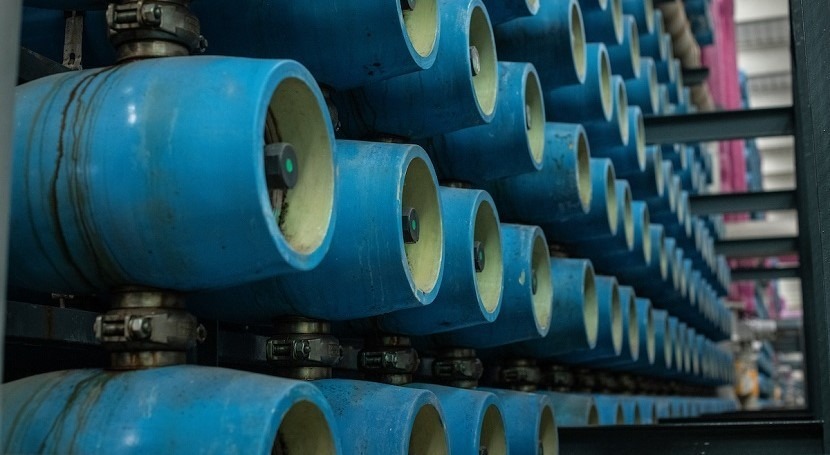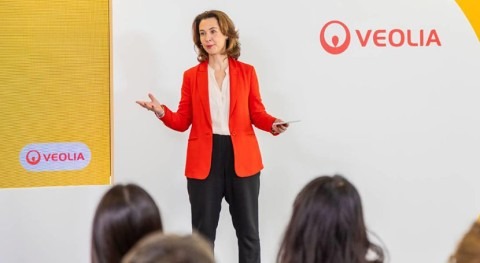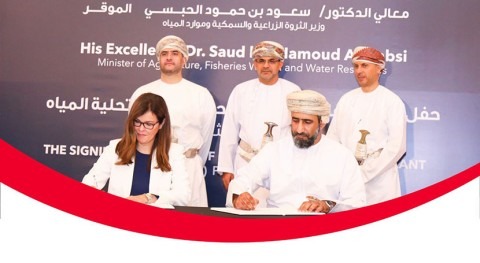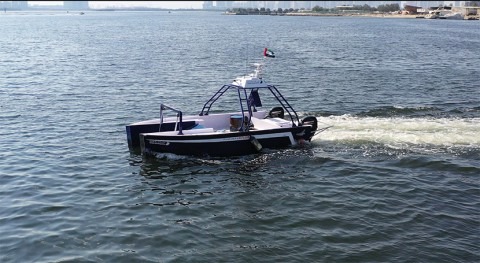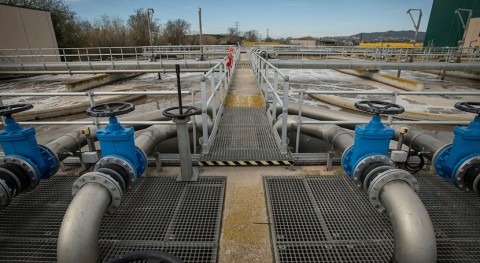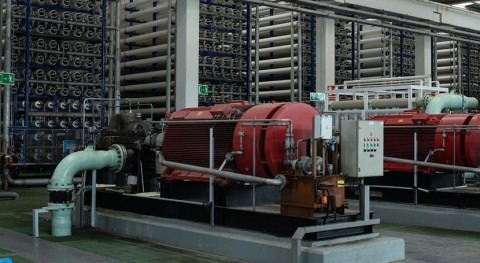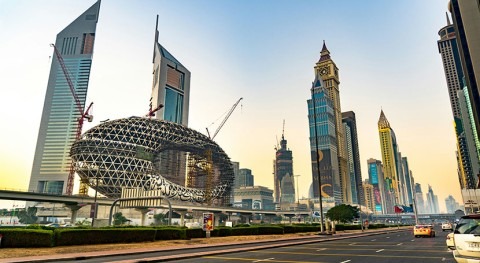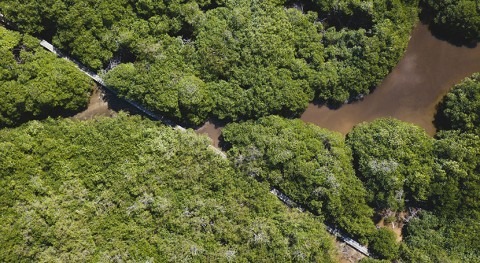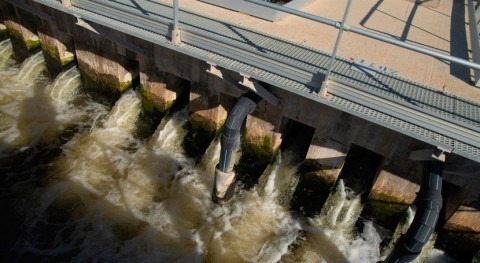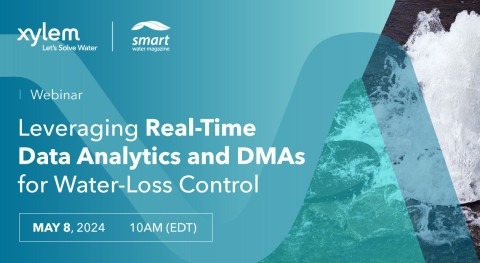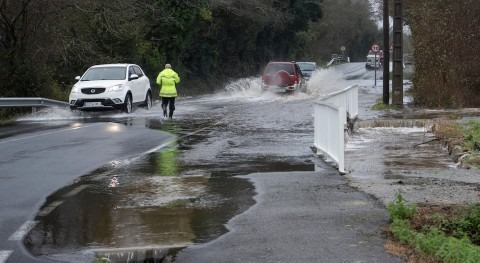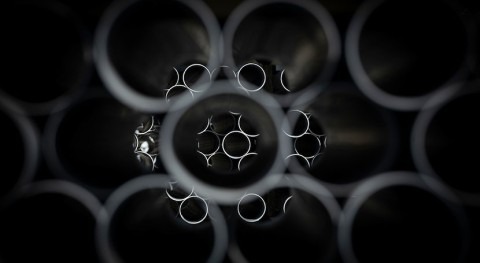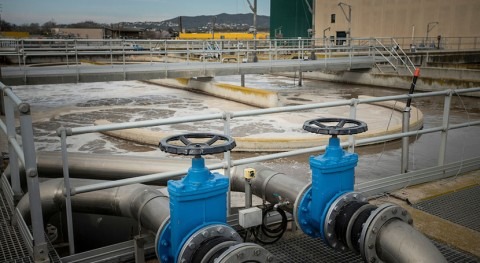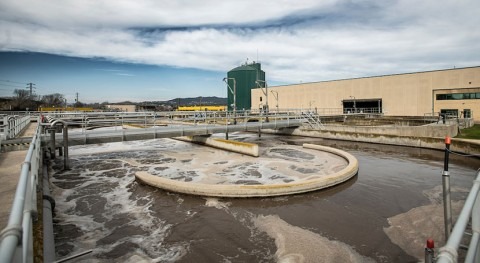Water and energy are interconnected resources, with water necessary for energy production and energy required for water transportation, treatment, and desalination. However, the finite nature of both resources and the growing global challenges, such as climate change and population growth, place them under increasing stress. Globally, strategic objectives such as the UN sustainability goals are being established to counteract the stress by optimizing the water use efficiency in energy production and improving the energy efficiency in water treatment. Efficiency gains can be achieved by various technical means, e.g. by reusing water harvested in cooling towers to reduce water consumption in thermoelectric power generation, increasing zero liquid discharge efficiency, decreasing losses in desalination processes, and improving heat exchanger technology using membrane engineering and surface engineering to overcome severe fouling problems. Fouling on membranes and heat exchanger surfaces can substantially degrade the efficiency of separation and energy conversion processes within water and energy systems. Crystallization fouling or scaling is an important subset of fouling that results from the precipitation of inverse soluble salts such as calcium carbonate or calcium sulfate. Industrial heat exchangers and desalination membranes commonly use natural water containing those scaling salts. The formed deposits substantially inhibit heat transfer and flow performance. Scale can lead to an enormous energy loss which accumulates to at least 2% of the total world energy production per year or 0.25% of the gross domestic product (GDP) of industrialized nations.
Surface modifications are attractive pathways to achieve sustainability and cost-efficiency, as they address fouling problems at the source
Current fouling mitigation approaches range from optimizing the initial design of Water-Energy Systems by geometry optimization, online mitigation using feed filtration or chemical inhibitors, or offline cleaning by fluid blasting or mechanical removal. However, despite the efforts made by these mitigation strategies to reduce fouling, they continue to have a significant negative impact. A complementary approach involves modification and engineering of the surfaces in the systems. Surface modifications through coatings can act as a barrier to prevent scale formation and reduce the adhesion of the scale, resulting in self-cleaning and scalephobic surfaces. These surface modifications are attractive pathways to achieve sustainability and cost-efficiency, as they address the problem at its source.
In recent years, there has been a shift in focus towards the development of improved coatings and modified surfaces at both fundamental research and industrial levels. To develop new and enhance the existing approaches, we need a deeper understanding of how scale forms, how the scale interacts with the surfaces and how it can be passively removed using prevailing flow conditions. In our research at ETH Zurich in the Laboratory for Multiphase Thermofluidics and Surface Nanoengineering our primary focus lies in developing techniques to thoroughly study the formation, adhesion, and removal of scale on a fundamental level. Leveraging this understanding, we investigate novel materials potentially leading to scalephobic surface designs. Our research has revealed promising outcomes, particularly with a microtextured polymer-hydrogel coating. In laboratory conditions, this coating has demonstrated the capability to remove up to 98% of scale deposits under realistic flow conditions as they would be present in water-energy systems. However, it is important to acknowledge that such coatings also come with challenges. The addition of polymeric layers can decrease performance by introducing higher thermal resistance to the system and needs to be long-term durable in the applied environment. Thus, achieving a balance is crucial between the benefits of fouling mitigation using surface modifications and the potential drawbacks. Further research and development can help to design surfaces which can reduce the challenges of the water-energy nexus.

